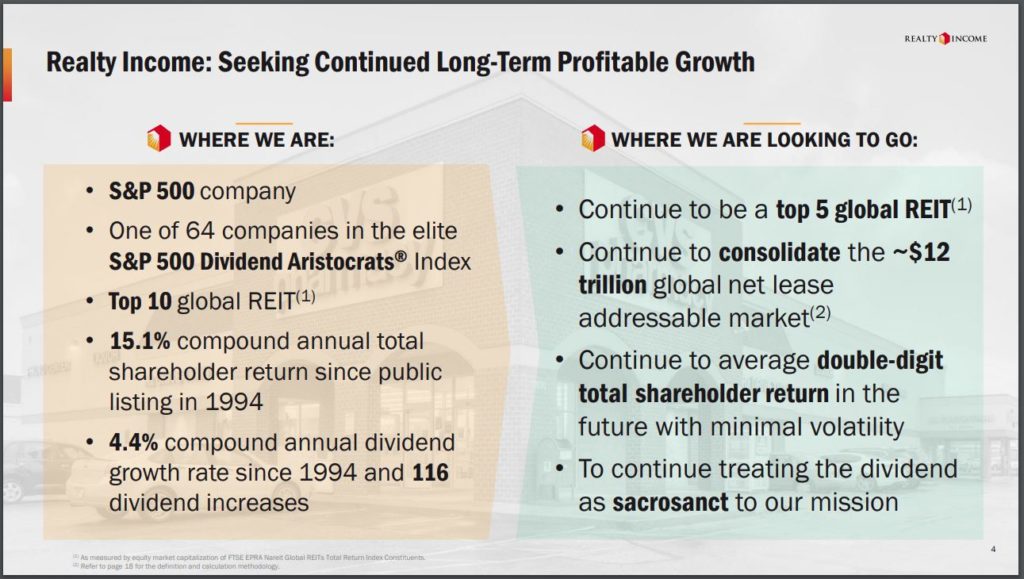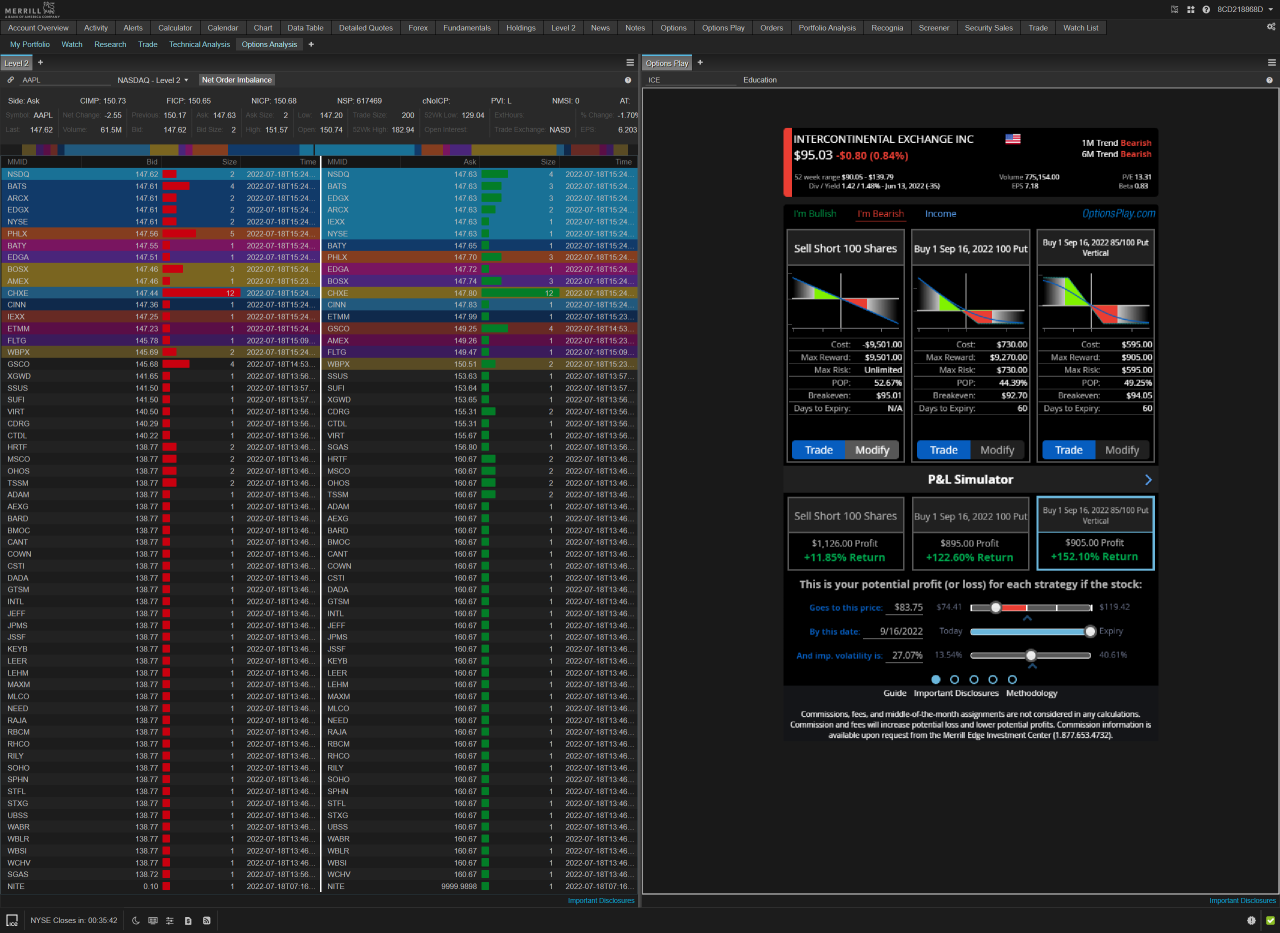Discover a world where air conditioning goes beyond just cooling your space. In this captivating exploration of the top 5 air conditioner innovations you didn't know about, prepare to be amazed by the cutting-edge technologies revolutionizing the way we experience comfort and efficiency.
As we delve deeper into the realm of air conditioning advancements, a realm filled with smart thermostats, energy-efficient cooling technologies, air purification systems, and VRF systems, get ready to uncover a whole new dimension of cooling innovation.
Introduction to Top 5 Airconditioner Innovations You Didn't Know About
In the realm of modern technology, air conditioning innovations play a crucial role in enhancing our comfort and lifestyle. These innovations are continually reshaping the way we interact with our environment, particularly in the realm of indoor climate control.
Staying updated with the latest advancements in air conditioning is essential for consumers to ensure they are benefiting from the most efficient and user-friendly features available. By understanding these innovations, consumers can make informed decisions when selecting an air conditioner for their homes or businesses.
Impact on Energy Efficiency
One of the significant impacts of air conditioning innovations is the improvement in energy efficiency. The integration of smart technology, such as programmable thermostats and energy-saving modes, allows users to optimize their energy consumption and reduce utility costs while maintaining a comfortable indoor environment.
Enhanced User Experience
Another key aspect of air conditioner innovations is the focus on enhancing user experience. Features like voice control, mobile app integration, and personalized settings provide users with greater convenience and control over their cooling systems. These advancements not only make air conditioners more user-friendly but also contribute to overall customer satisfaction.
Smart Thermostats and Connectivity
Smart thermostats in air conditioners are revolutionary devices that allow users to control and monitor their cooling systems remotely through a smartphone app or a web interface. These devices offer advanced features like scheduling, temperature adjustments, and energy usage tracking, all of which contribute to a more efficient and convenient cooling experience.
Enhanced User Control
Smart thermostats provide users with the ability to adjust the temperature of their air conditioners from anywhere, at any time. This level of control ensures that users can always come back to a comfortable environment without wasting energy when they are away.
Additionally, some smart thermostats can learn user preferences over time and automatically adjust settings for optimal comfort.
Connectivity Features
The connectivity features of smart thermostats allow users to monitor and control their air conditioners remotely. By connecting the thermostat to a home Wi-Fi network, users can access their cooling system through a dedicated app or a web portal. This connectivity not only enhances user convenience but also enables energy-saving features like geofencing, which adjusts temperature settings based on the user's location.
Remote Access and Scheduling
One of the key benefits of smart thermostats is the ability to remotely access and control the air conditioner. This feature comes in handy when users want to adjust the temperature before arriving home or when they forget to turn off the cooling system.
Additionally, scheduling options allow users to set specific temperature profiles based on their daily routines, ensuring efficient cooling and energy savings.
Energy-Efficient Cooling Technologies

Energy-efficient cooling technologies play a crucial role in reducing electricity consumption and minimizing the environmental impact of air conditioning systems. These innovations are designed to provide optimal cooling while using less energy compared to traditional methods.One of the key advancements in energy-efficient cooling technologies is the use of variable-speed compressors.
Unlike traditional air conditioners that operate at a fixed speed, units equipped with variable-speed compressors can adjust their speed based on the cooling needs of the space. This not only improves energy efficiency but also helps maintain a consistent temperature, leading to enhanced comfort and reduced energy wastage.Another innovation is the integration of smart sensors and thermostats that enable precise temperature control and automated adjustments based on occupancy and ambient conditions.
By optimizing cooling cycles and airflow, these technologies help conserve energy without compromising comfort levels.Furthermore, advancements in insulation materials and design have improved the overall efficiency of air conditioning systems. Better insulation reduces heat transfer and air leaks, allowing the system to operate more efficiently and maintain desired temperatures with less energy consumption.Overall, these energy-efficient cooling technologies contribute to significant energy savings, lower utility bills, and a reduced carbon footprint, making them a sustainable choice for both residential and commercial spaces.
Air Purification and Health Features
Air purification systems integrated into modern air conditioners play a crucial role in ensuring cleaner indoor air quality and promoting better respiratory health. These innovative features are designed to filter out harmful particles and contaminants from the air, creating a healthier living environment for occupants.
Advanced Filtration Systems
- Many air conditioners now come equipped with advanced filtration systems that are capable of capturing a wide range of particles, including dust, pollen, pet dander, and even bacteria and viruses.
- These filters help remove allergens and pollutants from the air, reducing the risk of respiratory problems and allergies among occupants.
UV-C Light Technology
- Some air conditioners utilize UV-C light technology to kill bacteria and viruses that may be present in the air, further enhancing the purification process.
- This technology can help prevent the spread of airborne diseases and improve overall indoor air quality.
Activated Carbon Filters
- Activated carbon filters are effective at removing odors and harmful gases from the air, making indoor spaces more pleasant and healthier to inhabit.
- These filters can help eliminate cooking odors, tobacco smoke, and other unpleasant smells, contributing to a more comfortable living environment.
Variable Refrigerant Flow (VRF) Systems
Variable Refrigerant Flow (VRF) systems are advanced air conditioning systems that offer significant advantages over conventional systems. Unlike traditional HVAC systems that operate at a fixed speed, VRF systems can vary the flow of refrigerant to multiple indoor units based on the cooling requirements of each zone.
Optimized Cooling Performance
VRF technology optimizes cooling performance by adjusting the refrigerant flow to match the exact cooling needs of different areas within a building. This dynamic control ensures that each zone receives the precise amount of cooling required, leading to improved energy efficiency and comfort.
Precise Temperature Control and Zoning Capabilities
One of the key benefits of VRF systems is their ability to provide precise temperature control and zoning capabilities. With VRF technology, individual indoor units can operate independently, allowing for customized cooling in different areas of a building. This zoning capability not only enhances comfort but also helps save energy by avoiding overcooling or overheating unoccupied spaces.
Final Thoughts

As we conclude this journey through the top 5 air conditioner innovations you didn't know about, it's clear that the future of cooling technology is brighter than ever. With these groundbreaking advancements paving the way for a more efficient, healthier, and personalized cooling experience, the possibilities are truly endless.
FAQ Explained
What are smart thermostats and how do they enhance user control?
Smart thermostats are advanced devices that allow users to remotely control their air conditioners, adjust settings, and even create cooling schedules through connectivity features. This level of control enhances convenience and ensures efficient cooling based on individual preferences.
How do energy-efficient cooling technologies benefit consumers?
Energy-efficient cooling technologies help reduce electricity consumption, leading to cost savings for consumers. By integrating these innovations, air conditioners can deliver optimal cooling performance while minimizing environmental impact, making them a sustainable choice for the future.
Why are air purification systems important in modern air conditioners?
Air purification systems play a crucial role in maintaining clean indoor air quality, which is essential for overall health and well-being. These systems help remove pollutants, allergens, and other harmful particles, promoting better respiratory health for occupants.
What advantages do VRF systems offer over traditional air conditioning systems?
Variable Refrigerant Flow (VRF) systems provide precise temperature control, zoning capabilities, and optimized cooling performance based on varying load requirements. Compared to conventional systems, VRF technology offers greater efficiency, flexibility, and comfort for users.




